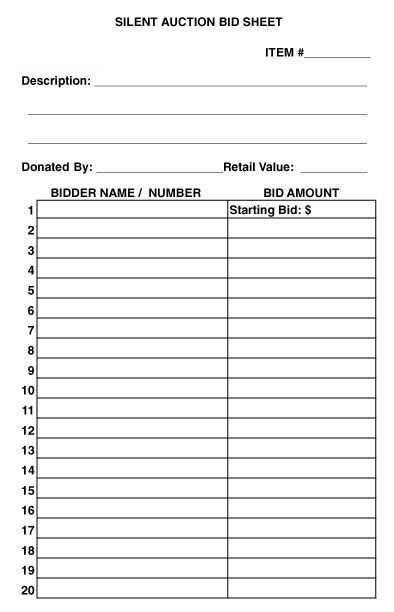
Key Components of a Silent Auction Receipt
Provide clear details on every receipt to maintain transparency for all participants. A well-structured receipt should include the following elements:
- Event Name – Specify the name of the auction event to identify the transaction.
- Item Description – Clearly describe the auction item, including relevant details such as size, color, and model if applicable.
- Winning Bidder’s Name – Record the name of the winning bidder for future reference.
- Bid Amount – List the final bid amount agreed upon by the winning bidder.
- Payment Status – Indicate whether the payment has been made, is pending, or needs further action.
- Event Date – Include the date of the event for historical recordkeeping.
- Signature – A signature from the auction organizer or authorized personnel ensures the authenticity of the receipt.
Formatting Your Receipt
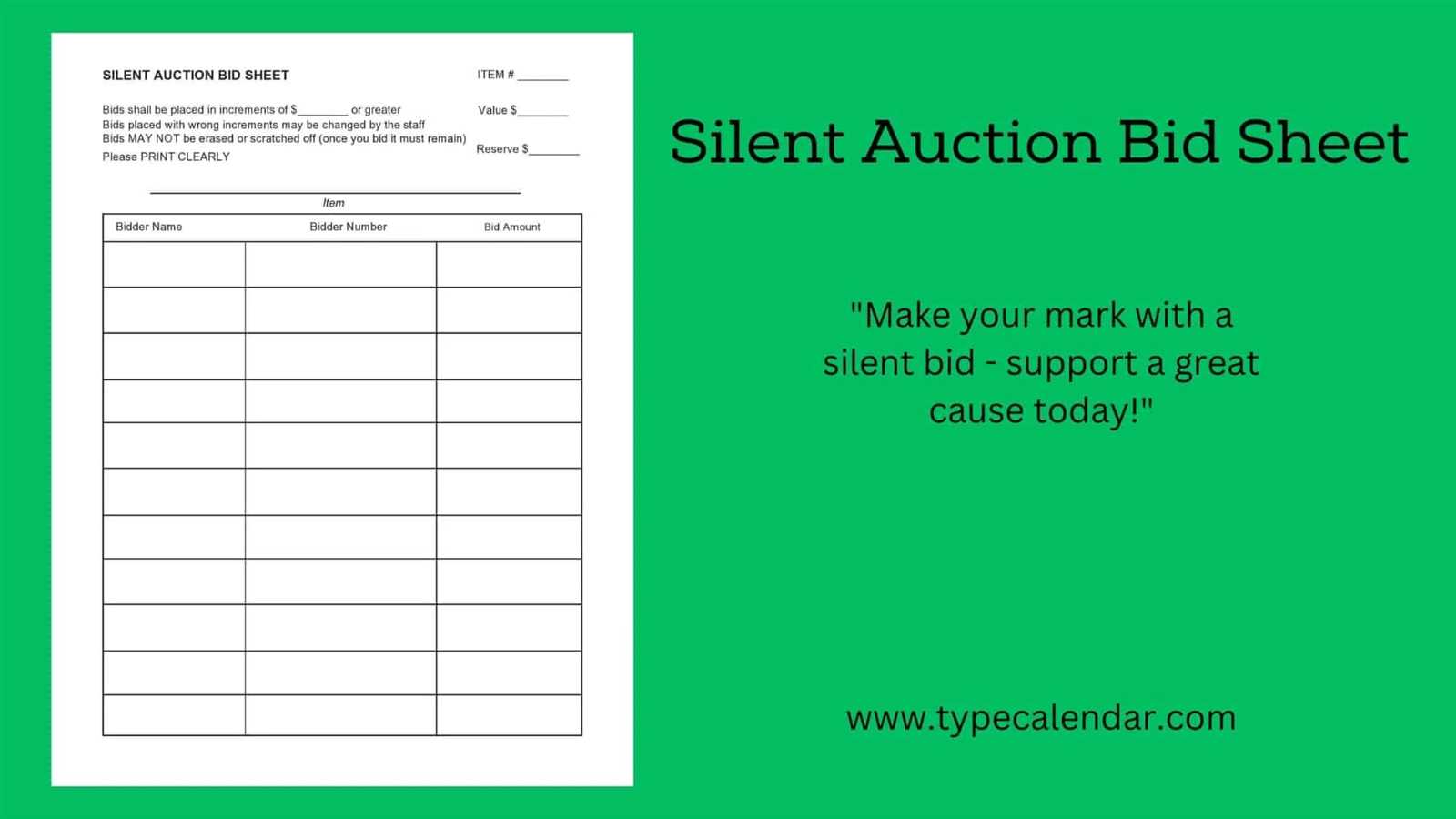
To ensure clarity, format your receipt in a simple, readable style. Use bold text for key sections such as “Item Description” and “Winning Bidder’s Name” to make these easy to locate. Choose a font size that is legible, and use sufficient spacing between sections for easier navigation. Keep the layout consistent for each auction item receipt to ensure uniformity across all documents.
How to Issue the Receipt
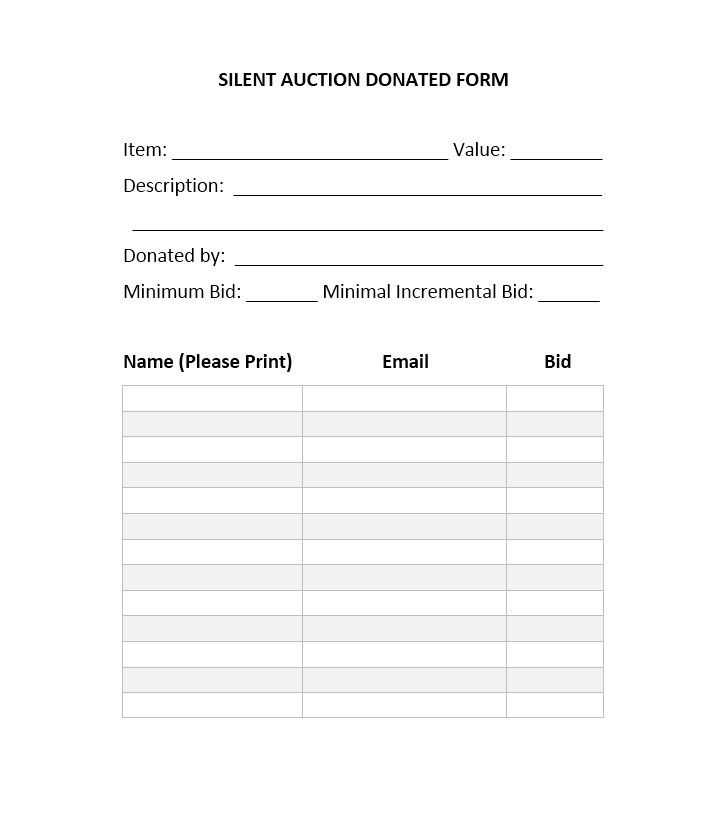
Deliver the receipt as soon as the winning bid has been confirmed. Typically, receipts are given either physically at the auction event or electronically via email. If you choose to send receipts by email, include a PDF attachment for a professional finish. Ensure the document is easily accessible and that the bidder can print it for their records if necessary.
Best Practices for Silent Auction Receipts
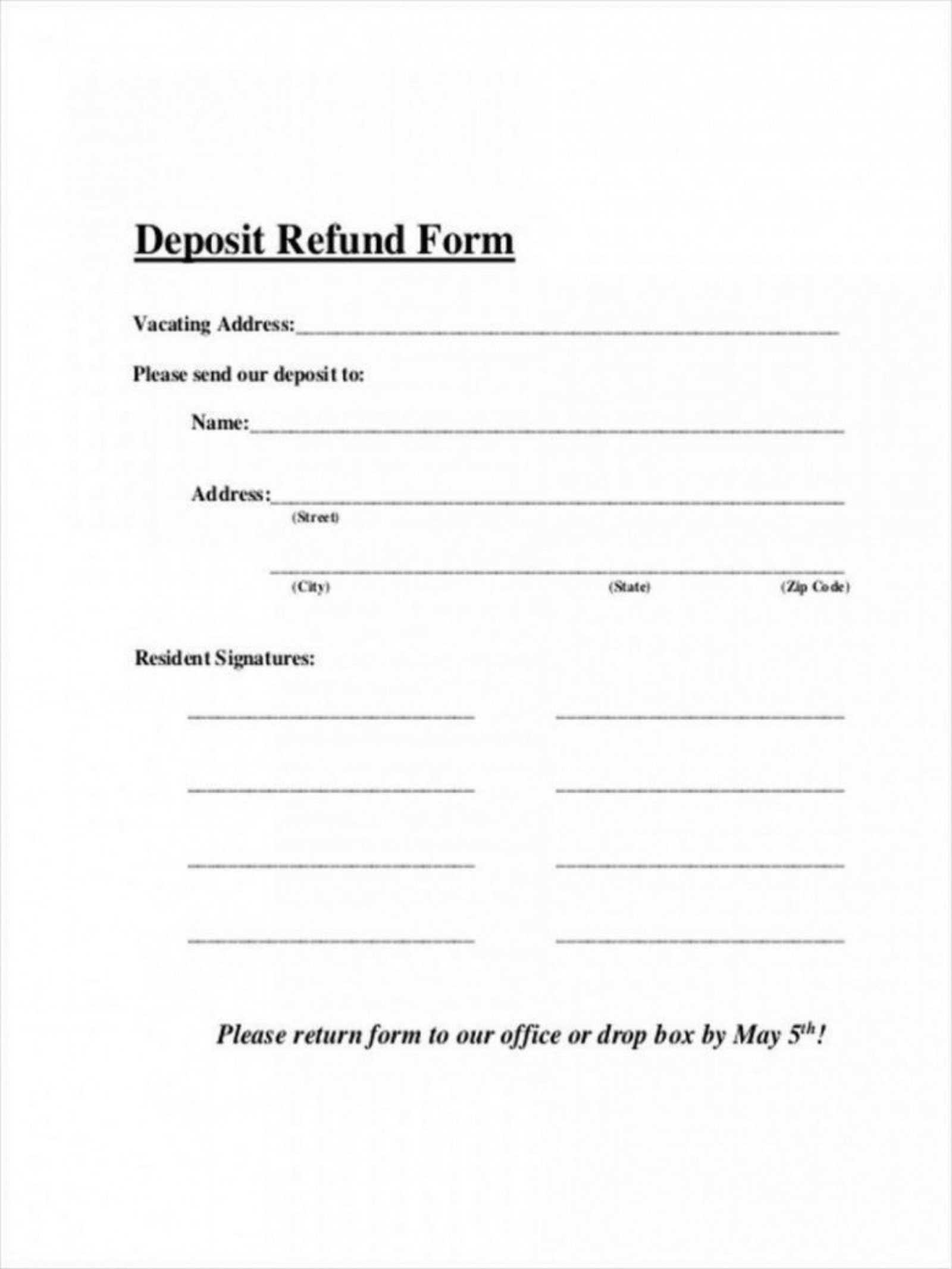
To ensure your silent auction operates smoothly, follow these additional tips:
- Organize receipts by bidder: This makes tracking easier for both your team and participants.
- Keep a backup copy: For administrative purposes, store a digital copy of all receipts.
- Provide clear instructions: Include any necessary payment instructions or deadlines if applicable.
Silent Auction Receipt Template: A Complete Guide
Understanding the Basics of a Silent Auction Receipt
How to Personalize Your Silent Auction Receipt Template
Key Details to Include in the Template
Incorporating Payment Information into Your Silent Auction Receipt
Ensuring Your Silent Auction Receipt Template Complies with Legal Requirements
How to Print or Email Silent Auction Receipts Effectively
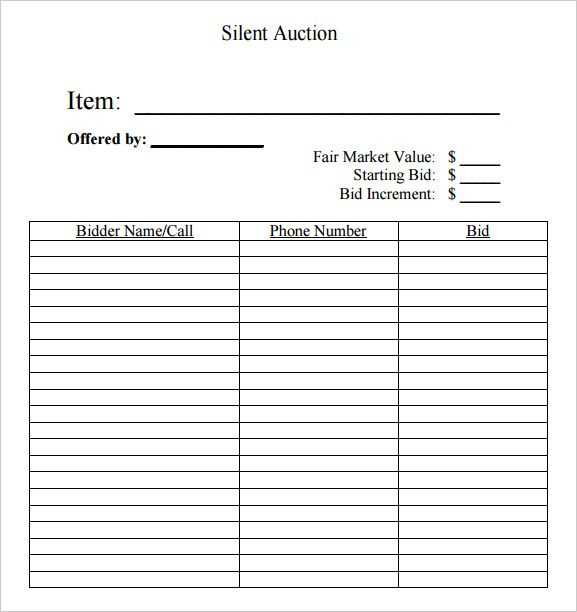
The silent auction receipt template should include clear information about the bidder, item, and payment details. A simple yet structured template ensures smooth communication between organizers and participants.
Understanding the Basics of a Silent Auction Receipt
Ensure that your receipt includes the following components: the bidder’s name, item number, item description, and the final bid amount. Additionally, include the auction date and location to provide complete context for the transaction.
How to Personalize Your Silent Auction Receipt Template
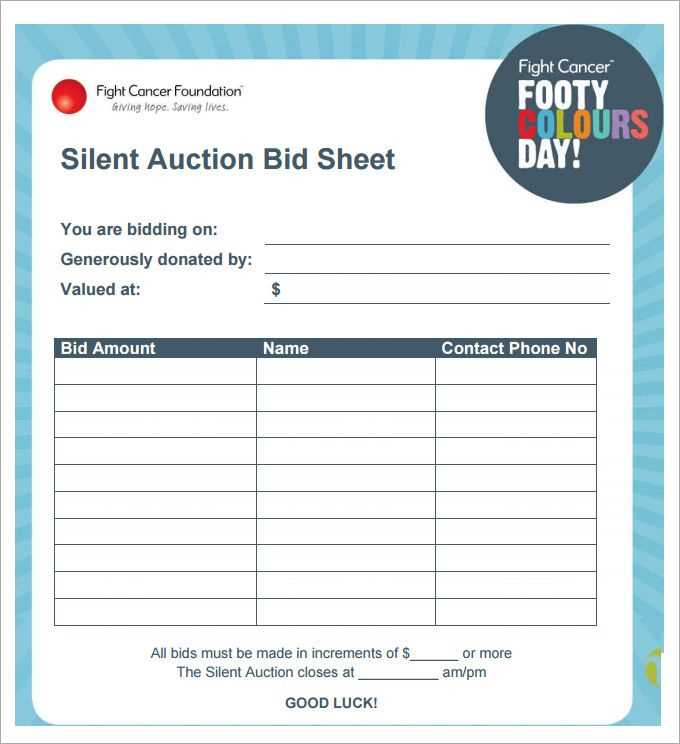
Personalization adds a unique touch. Customize the template with your event’s branding, including the event name and logo at the top. Add a message thanking the bidder for their support. This will create a memorable connection between the auction and its participants.
Make the receipt visually organized by using headings for different sections like “Auction Item Details,” “Payment Information,” and “Thank You Message.” This keeps everything easy to read and professional.
If applicable, include a section for tax-deductible contributions if the auction is benefiting a charitable cause. This will provide clarity for both the bidder and the tax authorities.


